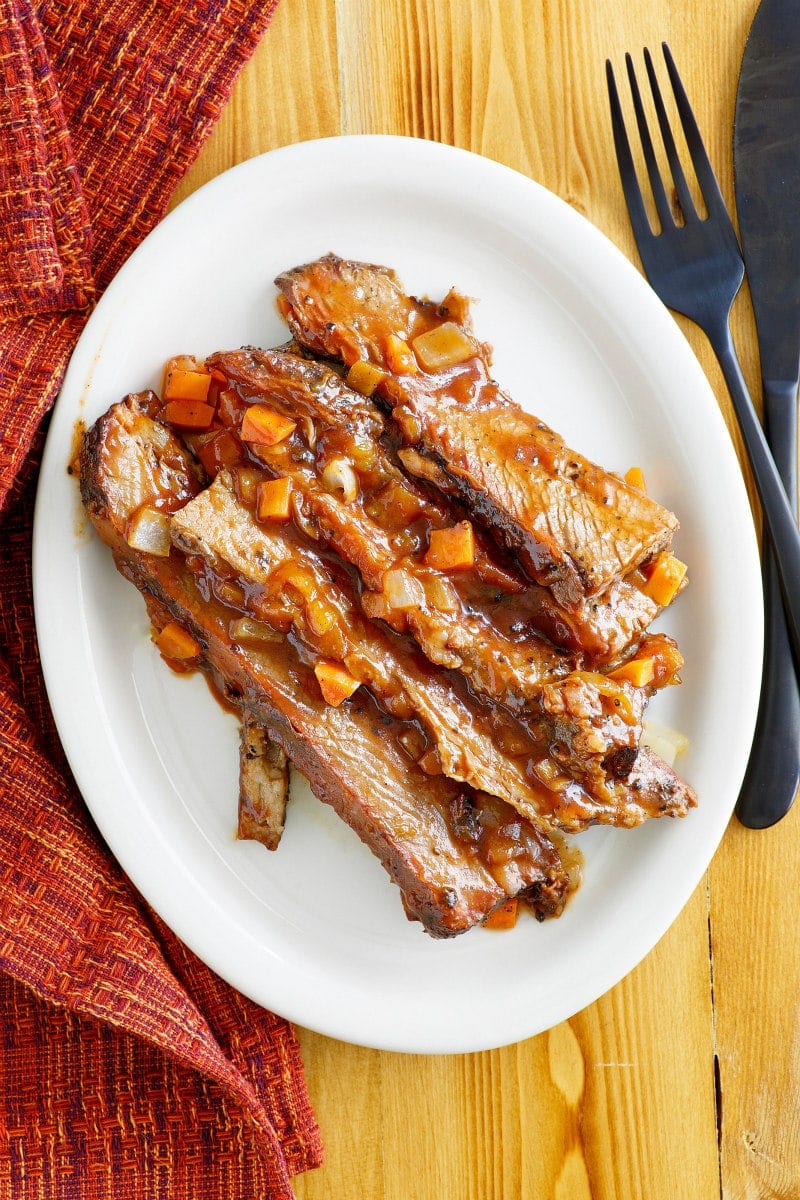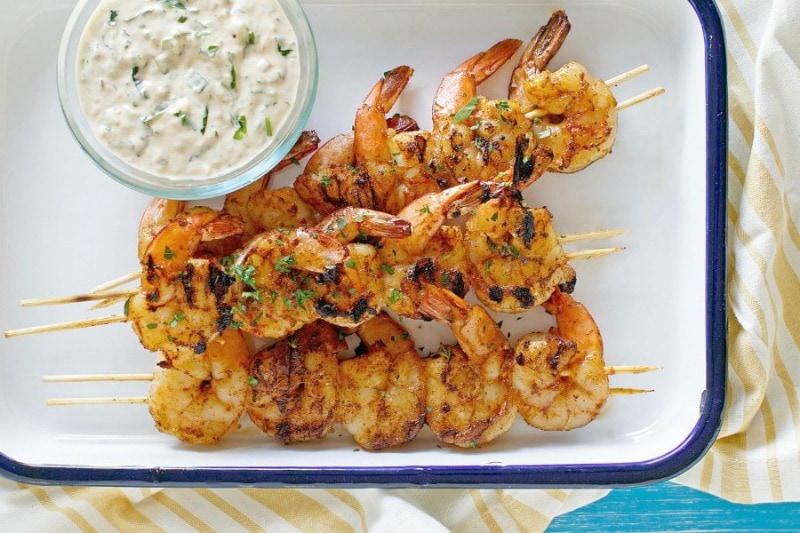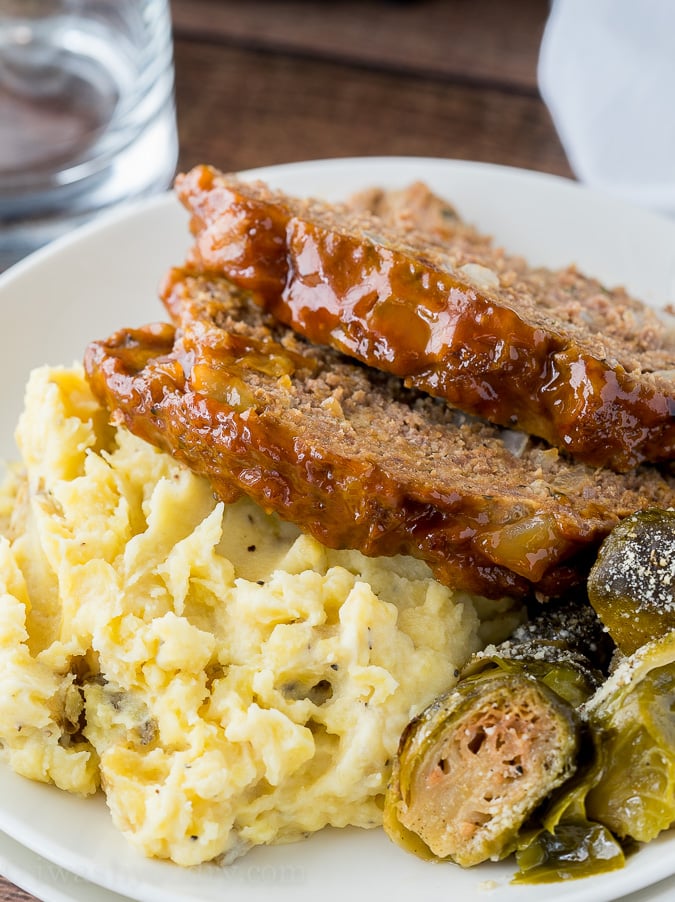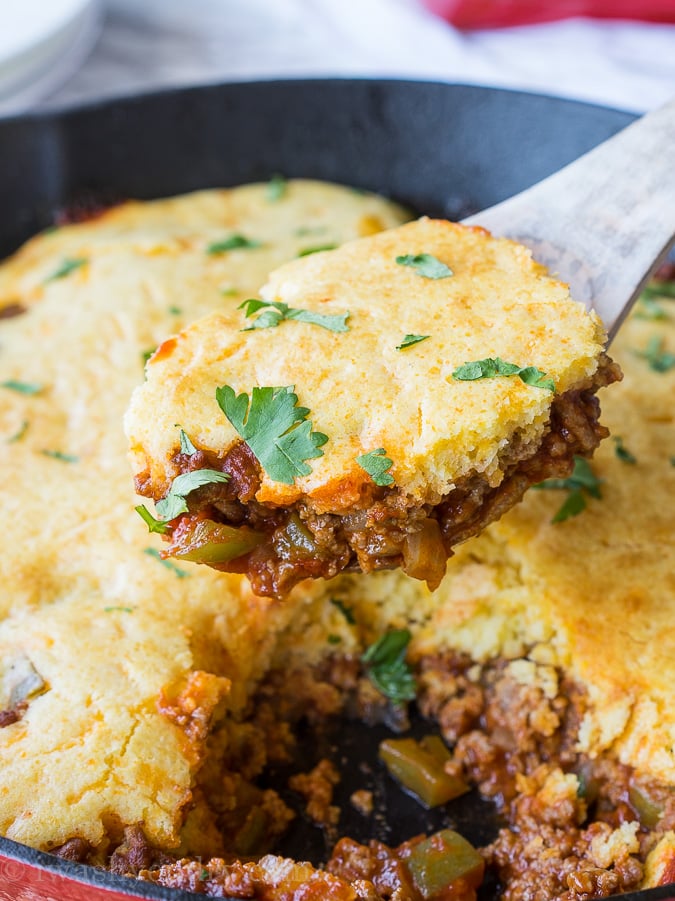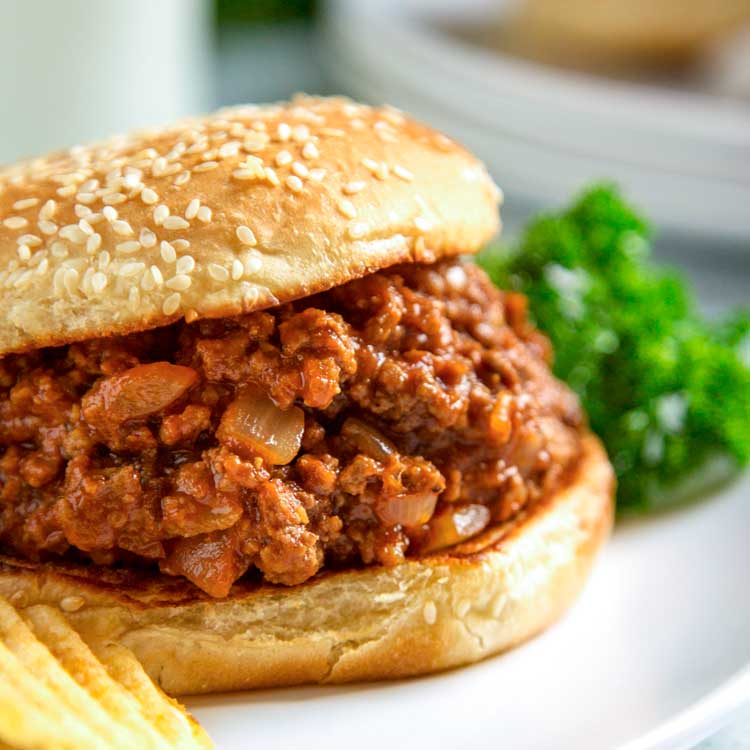Mustard: Important Facts, Health Benefits, and Recipes
Explore the health benefits, history, and various types of mustard, along with its culinary uses and recipes in this comprehensive guide to the popular condiment.
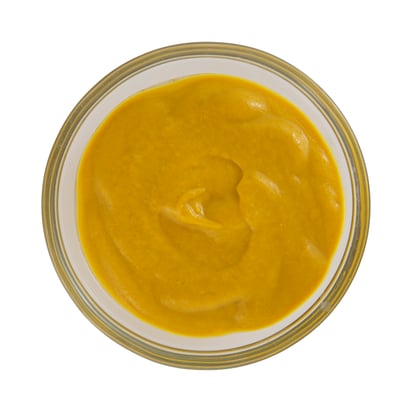
Nutritional Facts
1 cup
Amount per serving
Calories
149.4
Carbohydrates
14.5 g
Fat
8.3 g
Protein
9.3 g
Saturated Fat
0.5 g
Sodium
2749 mg
Fiber
10 g
Sugar
2.3 g
Best Mustard Recipes
-
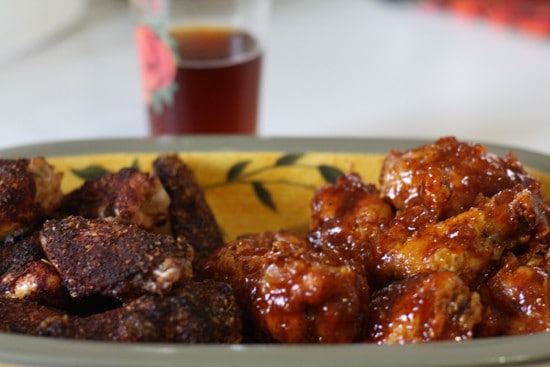
-
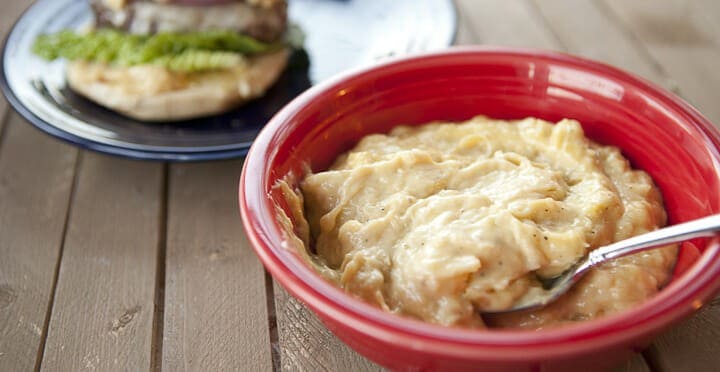
-
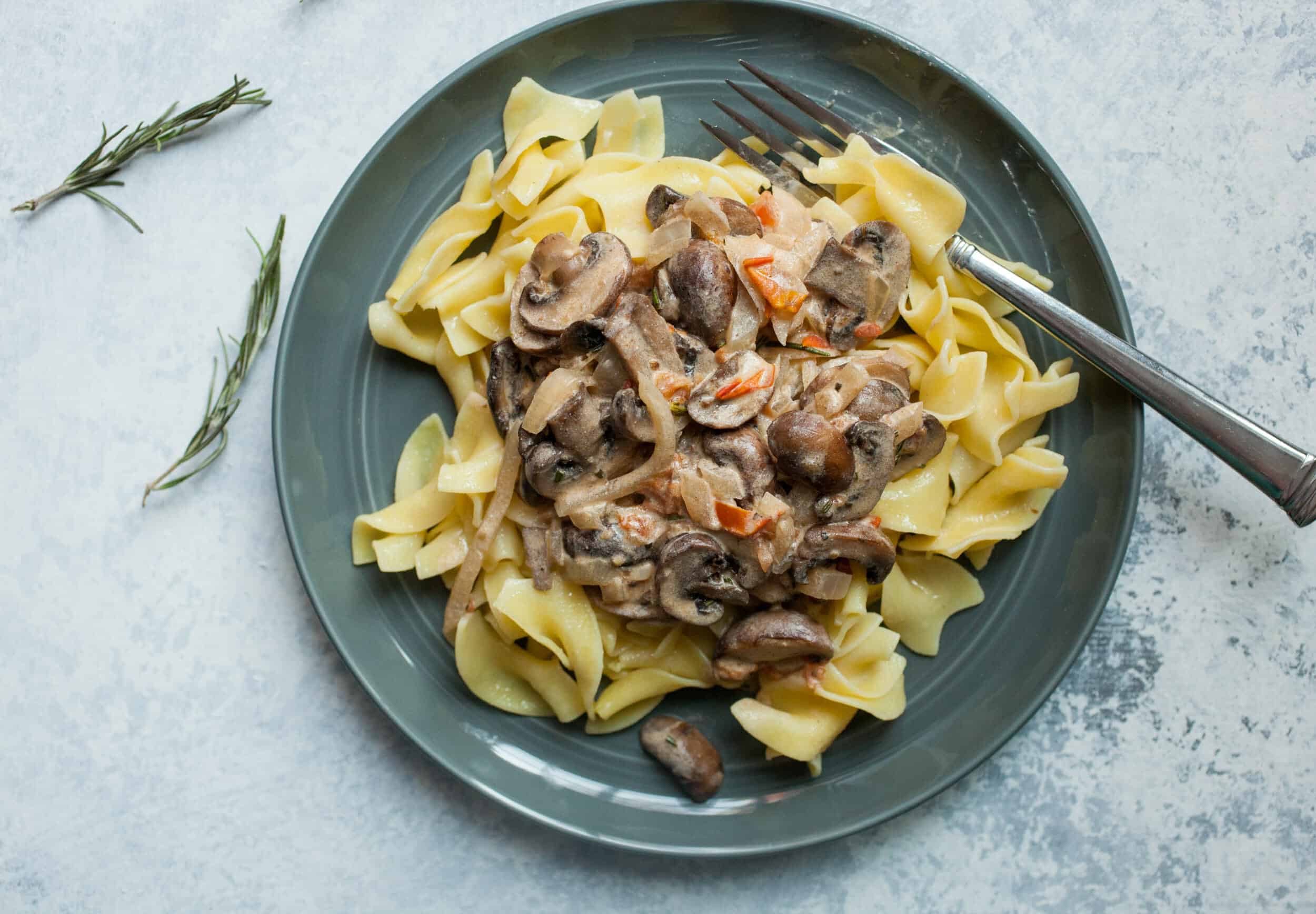
-

-

-

-

-

-
![The Best BBQ Baked Beans Image]()
-
![Bratwurst Subs Image]()
-
![Simple Beef Brisket Image]()
-
![Barbecued Shrimp with Remoulade Sauce Image]()
-
![Corn Dog Muffins Image]()
-
![Burger Bites Image]()
-
![Cuban Sandwich Quesadilla Image]()
-
![Turkey Cuban Sandwich Image]()
-
![Instant Pot Meatloaf Mashed Potatoes Image]()
-
![Sloppy Jo Tater Tot Skillet Recipe Image]()
-
![Cheeseburger Pizza Image]()
-
![One Skillet Sloppy Jo Cornbread Casserole Image]()
-
![Best Sloppy Joe Recipe + Video Image]()
-
![Norwegian Gravlax Image]()
-
![#ad Santa Corn Dogs Image]()
-
![Eclair Hot Dogs Image]()
-
![Steak and Potato Kabobs Image]()
-
![Croque Monsieur Image]()
-
![The Chicago Dog Image]()
-
![Killer Maple Mustard Croissant Breakfast Sandwiches Image]()
-
![Cuban Pasta Salad Image]()
-
![The Best Baked Beans Image]()
-
![Ham and Cheese Sliders Image]()
-
![Easy Ham Dipping Sauces Image]()
-
![Killer Burger Sauce Recipe Image]()
-
![The Best Egg Salad Sandwich Image]()
-
![The BEST Triple Decker Club Sandwich Image]()
-
![Chicken Cordon Bleu Sliders Image]()
-
![Bacon Honey Mustard Pretzel Chicken Image]()
-
![Easy BBQ Ribs Image]()
-
![Cade's Red Baked Beans Image]()
-
![Strawberry Kiwi Salad Image]()
-
![Honey Mustard Chicken Sandwiches Image]()
-
![BBQ Meatballs Image]()
-
![Epic Summer Hamburger Board Image]()
-
![Best Veggie Sandwich Board Image]()
-
![Epic Hot Dog Board for 12 Image]()
-
![Epic Sandwich Charcuterie Board Image]()
-
![Turkey Pesto Super Sub Sandwiches Image]()
-
![Little Smokies in a Blanket Charcuterie Board Image]()




